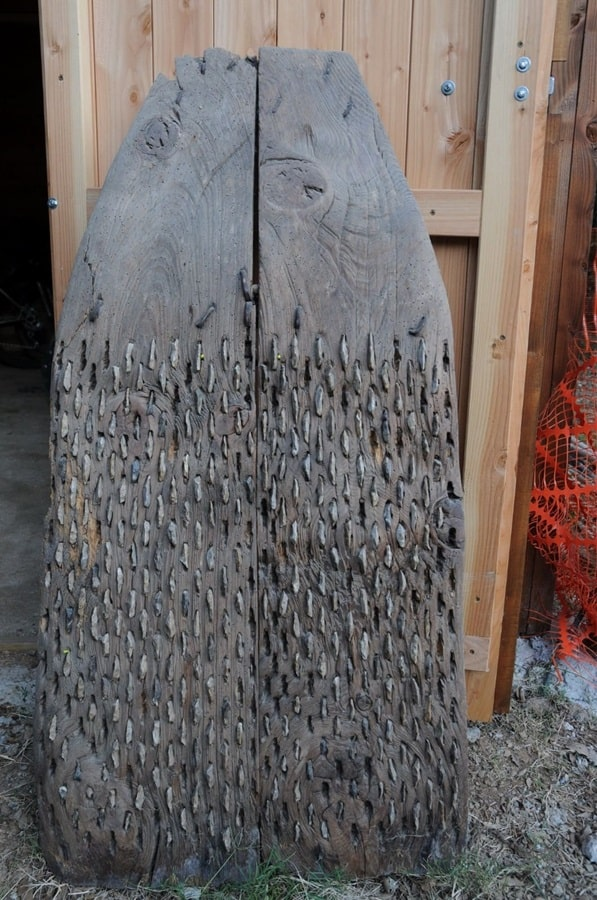A groundbreaking study reveals that threshing sledges were used in Neolithic Greece as early as 6500 BCE, which is about 3000 years earlier than previously believed.
Threshing sledges, historically used across Mediterranean countries from Turkey to Spain for separating chaff from wheat, have now been dated back to Greece around 6500 BCE. By employing advanced analytical techniques, such as co-orientated microscopy, researchers from the University of Pisa traced the early use of these agricultural tools, marking them as some of the earliest agricultural machines in Europe.
This research, funded by the European Union, Italy, and Spain, was a collaborative effort between the University of Pisa, CSIC in Spain, and the Aristotle University of Thessaloniki. It significantly predates prior records of this technology in Europe by at least 3000 years, offering new insights into technological innovations in Neolithic society.
Professor Niccolò Mazzucco, the lead investigator from the University of Pisa, explains that the team has been working for years to map out the spread of agriculture from the Near East to the Mediterranean. Understanding the introduction of new machines is crucial for reconstructing past technological systems.
The threshing sledge, known by its Roman term "tribulum," greatly increased the efficiency of grain processing. Previously, it was thought to have emerged with the first states, but this study shows its origins are much older.
Professor Mazzucco also highlights that recent evidence suggests the first domesticated animals were used not only for food but also for labor, including pulling threshing sledges. This technological innovation is part of a broader trend involving animal labor in early agriculture. Detailed analyses of archaeological findings and advanced methodologies are adding crucial chapters to the history of agricultural development, emphasizing significant technological advances during the Neolithic period.
The study's findings, published in the latest issue of the Journal of Archaeological Science: Reports, demonstrate that technological innovation in agriculture dates back to prehistory, challenging previous assumptions about the dissemination of technological knowledge across the Mediterranean. What was once considered a late innovation is now recognized as a practice from the earliest Neolithic stages in Europe.







